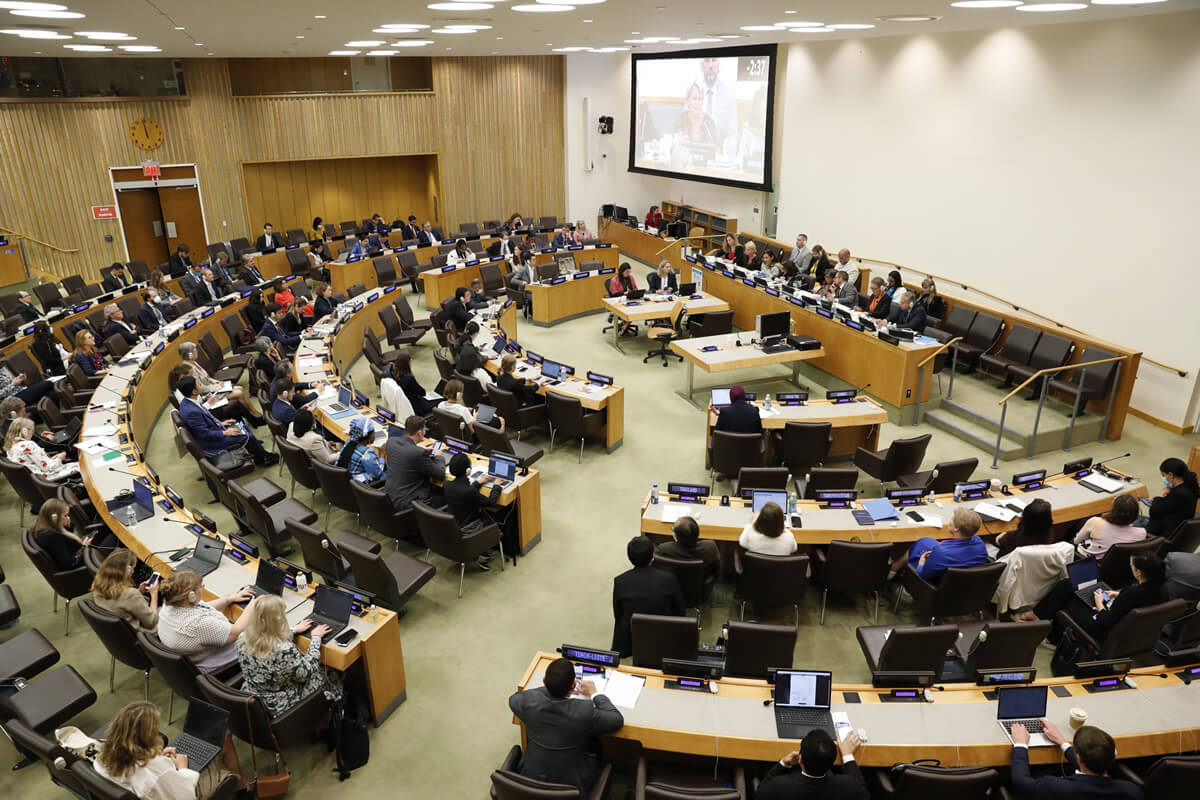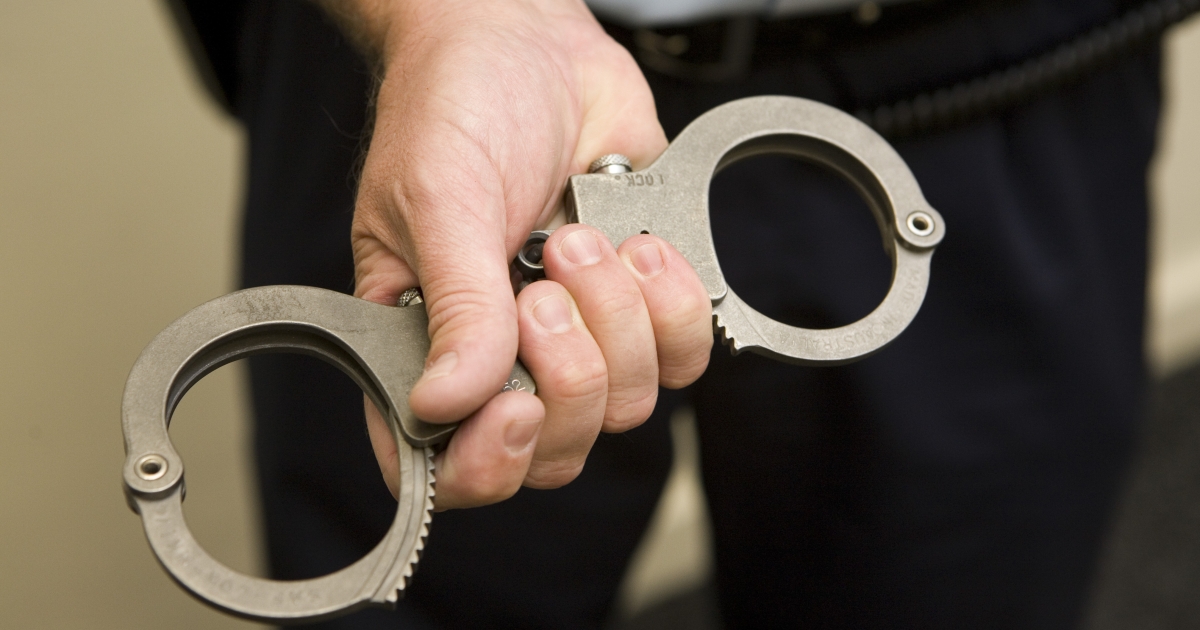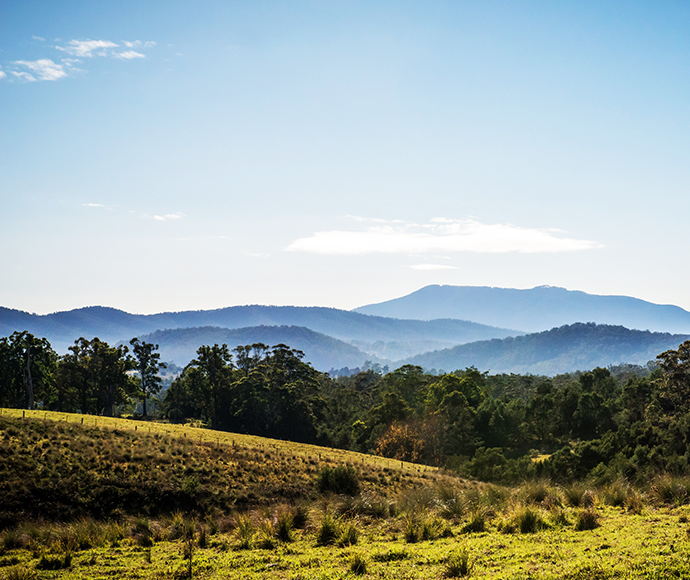Of an estimated 346 seabird species, almost half live at some time in our 200-mile Exclusive Economic Zone, the world’s fourth largest.
More than a quarter of all those seabird species breed in New Zealand and over one third of those breed nowhere else.
That represents millions of birds.
Many of those species’ foraging and breeding overlap with commercial fishing activities.
The challenge is to keep the seabirds safe whilst sustainably harvesting the oceans’ bounty.
That is what the joint Fisheries New Zealand/Department of Conservation National Plan of Action – Seabirds 2020 aims to do.
The proposed plan, the third iteration since the inaugural plan in 2004, is open for consultation.
The 2020 seabirds vision is that New Zealand strives for no fishing-related seabird captures, a goal that is fully supported by the seafood industry.
The plan will be in place for five years and will be reviewed annually.
It has four aims:
- Avoiding bycatch – effective bycatch mitigation practices are implemented in New Zealand fisheries
- Healthy seabird populations – direct effects of New Zealand fishing don’t threaten seabird populations
- Research and information – information to effectively manage fisheries’ impacts on seabirds is continuously improved
- International engagement – New Zealand actively engages internationally to promote the use of measures that reduce impacts on New Zealand seabirds
A life on the wing at sea is hard.
There are many threats in addition to interactions with fisheries.
The plan lists these as including predators, disease, fire, weeds, loss of nesting habitat, competition for nest sites, coastal development, human disturbance, commercial and cultural harvesting, volcanic eruptions, pollution, plastic and marine debris, oil spills and exploration, heavy metals or chemical contaminants and global sea and air temperature changes.
Reducing fishing’s impact on the marine environment and its creatures remains a strong focus. Seabirds have been to the fore, with vessels routinely using tori lines to scare birds away from longline hooks, setting at night when seabirds are less active and using weighted hooks and lines that sink faster than the birds can target the bait.
An innovation now being trialled is a collaboration between the industry and the Department of Conservation. It is a ‘wet tag’ which is attached to fishing gear and electronically records, and reports in real time the sink rate and depth of the fishing gear in the water. It is hoped this information will reduce seabird interactions by maximising depth and speed of the deployment of the lines and hooks.
Young skippers around the country are also being trained to be ‘seabird smart’ with workshops and visits to petrel and albatross colonies to learn about the seabird chicks in their own environment and help the scientists. They are coming back much more aware of seabirds on the water and much more engaged in keeping them safe.
Some of that innovative work was recognised at the Seabird Smart Awards presented by Conservation Minister Eugenie Sage and Fisheries Minister Stuart Nash at Te Papa in October.
The awards are initiated by the Southern Seabirds Solutions Trust, of which the seafood industry is a partner and strong supporter.
The trust continues to work with the industry on solutions to address the disappearance of some of our endemic birds, albatrosses in particular, in international waters as they migrate out of our EEZ by liaising with foreign fishing fleets and governments.
The industry is committed to a pathway to zero harm and seabird captures have been steadily falling, a fact acknowledged in this year’s Ministry for the Environment/Statistics NZ Aotearoa environmental stock take.








